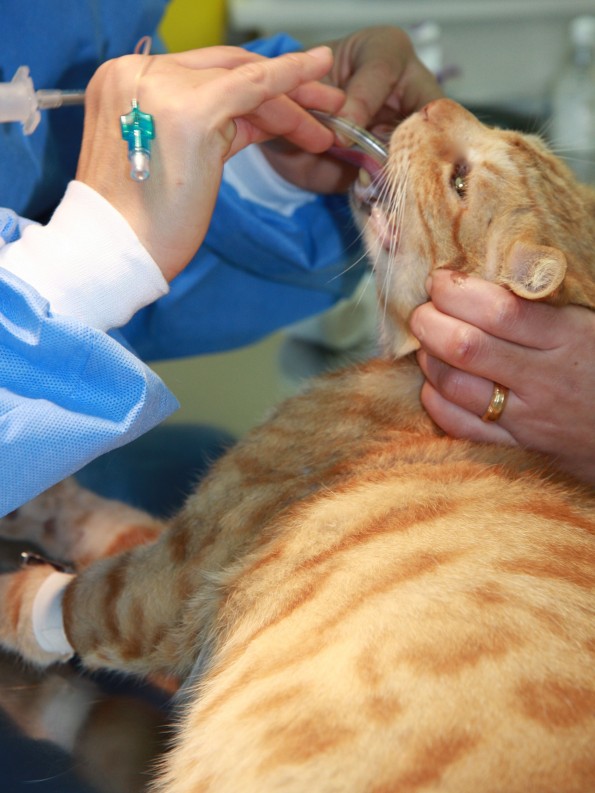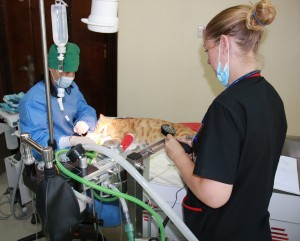
For some procedures, your pet will need to be administered general anesthesia so that he or she will be unconscious and not feel pain. Many pet owners worry about their pets being administered general anesthesia. We can assure you that modern anesthesia is generally quite safe. To further lower any risk, we take a history on the day of the procedure, perform a thorough physical examination before starting, and run pre-anesthetic blood work ahead of time to catch any underlying health issues. We also insist that for the safety of all patients they have an intravenous catheter, and fluids before, during and after the procedure. Fluids are regulated using a hospital paediatric pump and fluid warmer. We follow the same precautions that you find in a modern human hospital setting. In addition, we follow a specific anesthetic protocol, including monitoring all your pet’s vital signs, before, during and after the procedure, to ensure the safety of every patient.
In addition to the monitoring of vital signs (heart rate, respiratory rate, gum colour and response, temperature and position and shape of the pupils) by a highly trained veterinary anesthesiologist or anesthesia nurse, we also use the same type of monitoring equipment seen in the operating theaters in human medicine. Blood pressure monitoring and pulse oximetry are just two of the parameters that are very important indicators of how your pet is responding to the anesthesia. We also employ and complete anesthetic monitoring sheets, that track your pets vital signs throughout the procedure and during the important recovery period.
We begin most general anesthetic procedures by administering a sedative to help your pet relax and decrease any anxiety and discomfort. We then administer an intravenous medication to provide complete anesthesia. Following this we intubate the patient (as seen with Arnold for his dentistry in the first photo here) to protect their airway. We do this by placing an endotracheal (breathing) tube into the patient’s trachea (windpipe), as we would with a child. To maintain the state of unconsciousness, we administer oxygen and gas anesthetic (isofluorane) through the breathing tube.
When the procedure is completed, we ensure your pet has proper pain medication (usually multi-modal) to provide them with a gentle recovery period. We will not ever suggest that pain management is optional, as pets experience the same pain as we do, and we can not cut corners and costs in a way that would allow suffering for any pet. Even strays are given proper pain relief, as the Canadian Veterinary Hospital, as this is not something we feel should ever be compromised on.
At CVH we use many of the same drugs as we do for people. We import all of our anesthetic medications from abroad, and ensure they are the most modern and up to date.
Our staff not only went to veterinary school to study veterinary medicine, but they all have advanced training and continuing education in anesthesia and anesthetic monitoring.
We take all sedation and anesthesia very seriously, and are constantly with your pet to ensure their comfort and safety.
Please contact us if you have any questions or concerns about your pet receiving general anesthesia or about the procedure for which your pet is scheduled.










